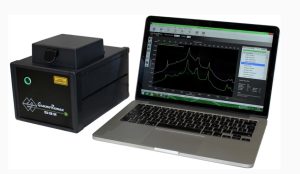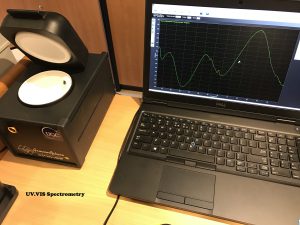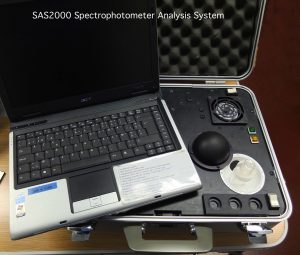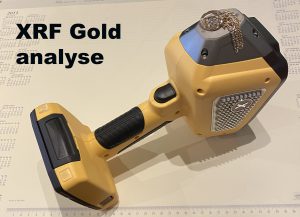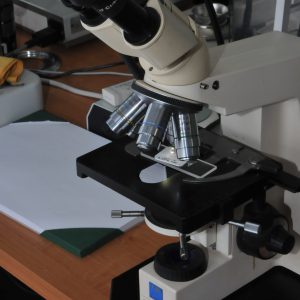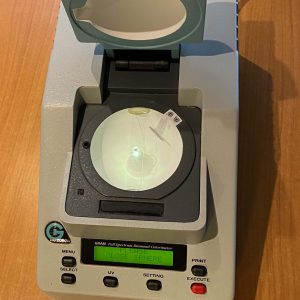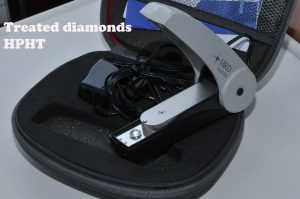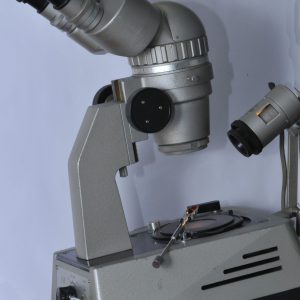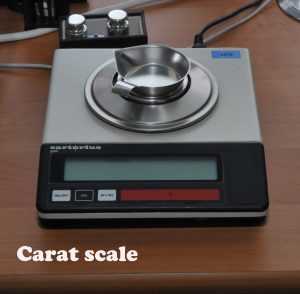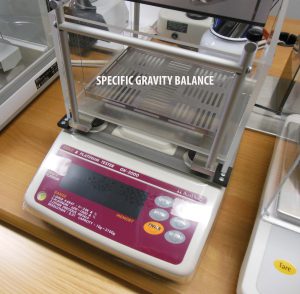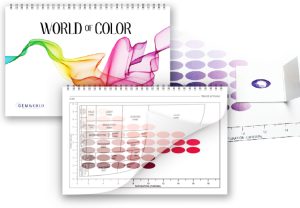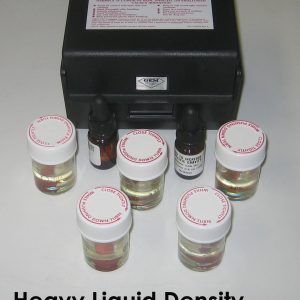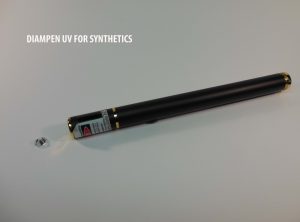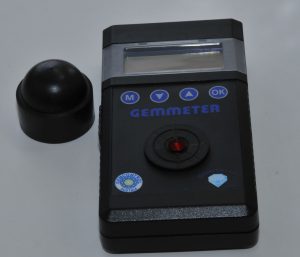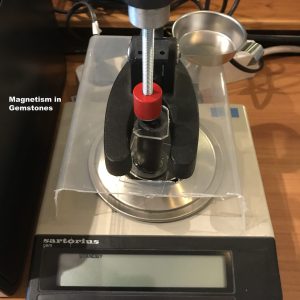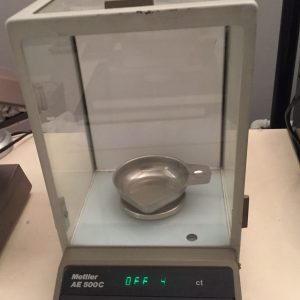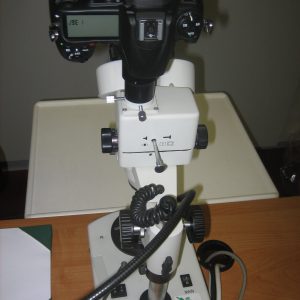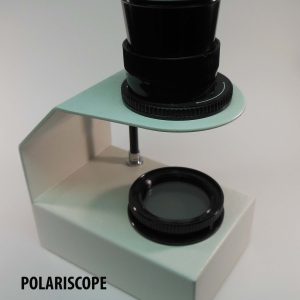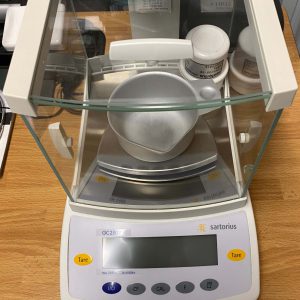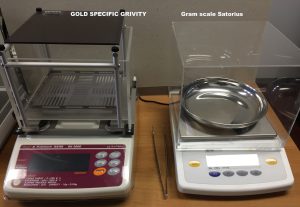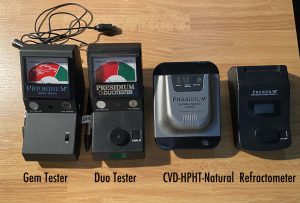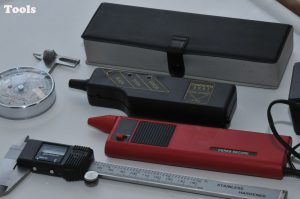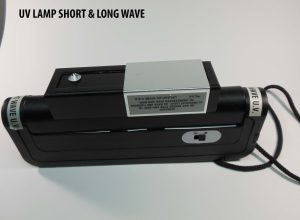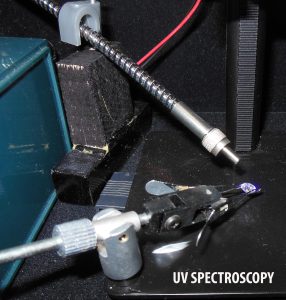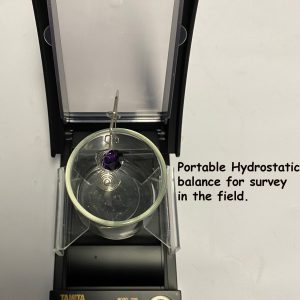Laboratory
Independent Gemological Appraisers Worldwide
To conduct valuable research, we use a variety of instruments
Have a look at the equipment we use during our analysis
FT-IR Spectrometer
FT-IR Spectrometer is used for diamond analysis, knowing what type of diamond and manipulations as well as for other precious stones.
FT-IR stands for Fourier Transform InfraRed, the preferred method of infrared spectroscopy. In infrared spectroscopy, IR radiation is passed through a sample. Some of the infrared radiation is absorbed by the sample and some of it is passed through (transmitted). The resulting spectrum represents the molecular absorption and transmission, creating a molecular fingerprint of the sample. Like a fingerprint no two unique molecular structures produce the same infrared spectrum. This makes infrared spectroscopy useful for several types of analysis. Each precious stone is different, also synthetic and manipulated stones can be detected.
UV-VIS spectrophotometer
Avantes
“Avantes” spectroscopy in UV/VIS allows to have a spectrum from 180 to 1100. From Ultra-violet till near infra-red. Most of the gemstones can be analyzed and most of the manipulations and syntheses are discovered.
Optical spectroscopy is a technique for measuring light intensity in the ultraviolet, visible, near-infrared, and infrared wavelength ranges. It studies the absorption and emission of light and other radiation by matter. It also examines interactions between particles such as electrons, protons, and ions. Spectroscopic measurements are used in many applications, but also, for diamonds and gemstones.
SAS spectrophotometer
SAS spectrophotometer for diamonds.
Adamas Gemological Laboratory is proud to introduce to the industry the custom built SAS2000 Spectrophotometer Analysis System for diamond and gemstone evaluation and grading. The SAS2000 provides color grading, helps determine radiation treatments of diamond.
Xray analyzer
XRF Precious metal analyzer
Diamond Colorimeter
Geiger counter
D-Screen
Hydrostatic Scale
Hydrostatic Scale for measuring the specific gravity of precious stones.
Specific gravity (SG) is the ratio of a substance’s density to the density of a reference substance. The reference substance is nearly always distilled water, which has an SG value of 1. Anything with a specific gravity greater than 1 sinks and anything with a density less than 1 floats. Specific gravity is commonly used to find the density or concentration of materials such as minerals and precious stones. We use the formula weight minus weight in distilled water. The original weight divided by the differences.
Immersion microscope
Polarisation microscope
Goya Raman spectrometer
Goya Raman spectrometer with green laser for analyzing diamonds and precious stones.
Raman spectroscopy (named after Indian physicist C. V. Raman) is a spectroscopic technique typically used to determine vibrational modes of molecules, although rotational and other low-frequency modes of systems may also be observed. Raman spectroscopy is commonly used in chemistry to provide a structural fingerprint by which molecules can be identified.
But also, more and more used in gemmology for identification.
Raman spectroscopy relies upon inelastic scattering of photons, known as Raman scattering. A source of monochromatic light, from a green laser. The laser light interacts with molecular vibrations, phonons or other excitations in the system, resulting in the energy of the laser photons being shifted up or down. The shift in energy gives information about the vibrational modes in the system.
Typically, a sample is illuminated with a laser beam. Electromagnetic radiation from the illuminated spot is collected with a lens and sent through a monochromator. Elastic scattered radiation at the wavelength corresponding to the laser line (Rayleigh scattering) is filtered out by either a notch filter, edge pass filter, or a band pass filter, while the rest of the collected light is dispersed onto a detector.
Alfa Mirage Precious Metal Tester GKS 3000
Coating thickness measure
The World Of Color Communication System
Heavy liquid
Gemmeter
The Gemmeter give the type of stones by reflection.
Reflection is the amount of light that bounces off the surface of a gemstone and is returned to the eye. This is the “sparkle” of a gemstone. Refraction is how the gemstone bends the light in different directions, separating white light into its spectral colors.
GIA cabinet
GIA cabinet for color grading of diamonds and the florescence.
Used to determine the color of diamonds using master stones, the instrument eliminates parasitic rays such as sunlight or incandescent lamps. It uses a D65 “cold color” lamp. It also allows to control the fluorescence of the diamonds in the upper support.
Mizar electronic gold tester
Mizar electronic gold tester give the carat of gold.
The RS Mizar M24 gold tester precisely determines gold carat values equal to or greater than 9ct, 10ct, 12ct, 14ct, 16ct, 18ct, 20ct, 22ct, and 24ct. Distinguishes gold wash and flash from solid gold. Can also be used to distinguish gold plate from solid gold.
15-Gold scale in gram.
Magnetic Scale
Master stones for diamond grading
Microscope
Microscope to study inclusions in diamonds and precious stones.
In gemmology, an inclusion is a characteristic enclosed within a gemstone, or reaching its surface from the interior. Inclusions are one of the most important factors when it comes to gem valuation. In many gemstones, such as diamonds, inclusions affect the clarity of the gem, diminishing the value. In some gems, however, such as stars, the inclusion actually increases the value of the gem.
Refracotmeter
Refracotmeter and hand spectrometer for precious stones analyses.
Spectroscopy has long been used in gemology for the characterization and identification of gems. A spectroscope makes it possible to measure the wavelengths of white light absorbed by the material and thus to deduce information on the chemical nature of the objects measured.
